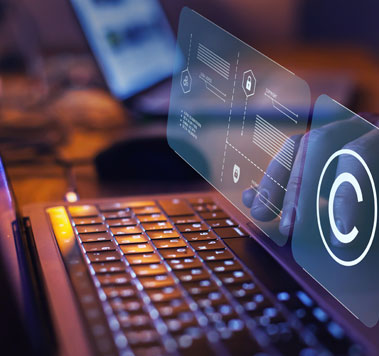CHIPS and Science Act an opportunity to review patent protections
The United States was once the leader in tech advances. Our country developed the semiconductor, an essential component of most electronic circuits that serve everything from smartphones and electric cars to use for national defense. We now are responsible for less than 10% of its production and do not make any of the more advanced chips. 75% of this product comes from East Asia.
President Joseph Biden recently stated that he would continue his focus on making the country a global leader in the tech field. His administration is working to achieve this goal by bringing more tech research and development projects to the United States. President Biden highlighted this intent with the recent passage of the Creating Helpful Incentives to Produce Semiconductors (CHIPS) and Science Act.
This law serves many goals, including the provision of $280 million to research and development projects as well as the domestic production of semiconductor products.
What are the goals of the CHIPS and Science Act?
Lawmakers passed the law for many reasons, one of which a response to China’s attempts to dominate the technology industry in the global economy. Lawmakers have also expressed a desire to strengthen American supply chains after experiencing the delays and issues that resulted from the pandemic. The law will help achieve this goal by meeting a very specific need: increasing our country’s production of semiconductors. Provisions within the law lead to federal funding to science, technology, engineering, and mathematics (STEM) education and workforce development programs to help make sure we have a workforce capable of meeting this goal.
The announcement of the passage of the law had a direct impact on the private sector. Micron announced a $40 billion investment in memory chip manufacturing and Qualcomm announced a partnership with GlobalFoundries that includes over $4 billion dedicated to chip manufacturing.
How are these innovations protected?
Legal tools are important to make sure that competitors do not steal these innovations. One key tool that serves this goal is the patent. Those who hold the patent control who can use the invention.
Does the new law protect these inventions?
Universities often play a key role in the development of these new technologies. As such, it is no surprise that the law invests in university technology transfer offices. When these inventions are developed as part of one’s time in a university, the university or other funding groups generally own the patent — not the inventor.
Those who work with private industry will want to ensure that their invention has patent protections.
Is there anything else we should know before getting federal funding for our research?
The goal of this law is to identify and fund promising technologies, but many questions remain about the intersection of patent protections and federally funded tech. Inventors are wise to seek legal counsel to discuss the role of patents and how the funding could impact their invention.








